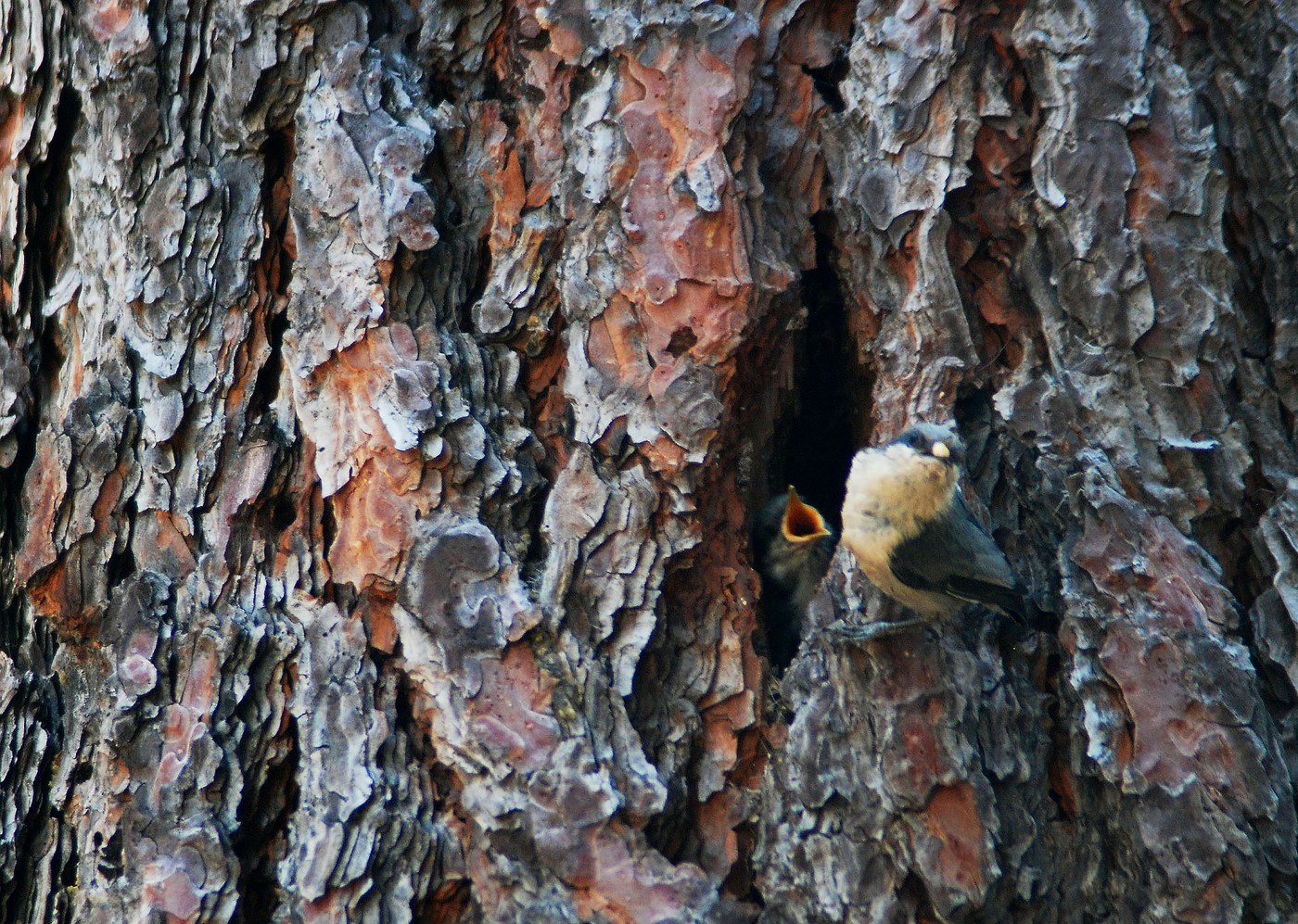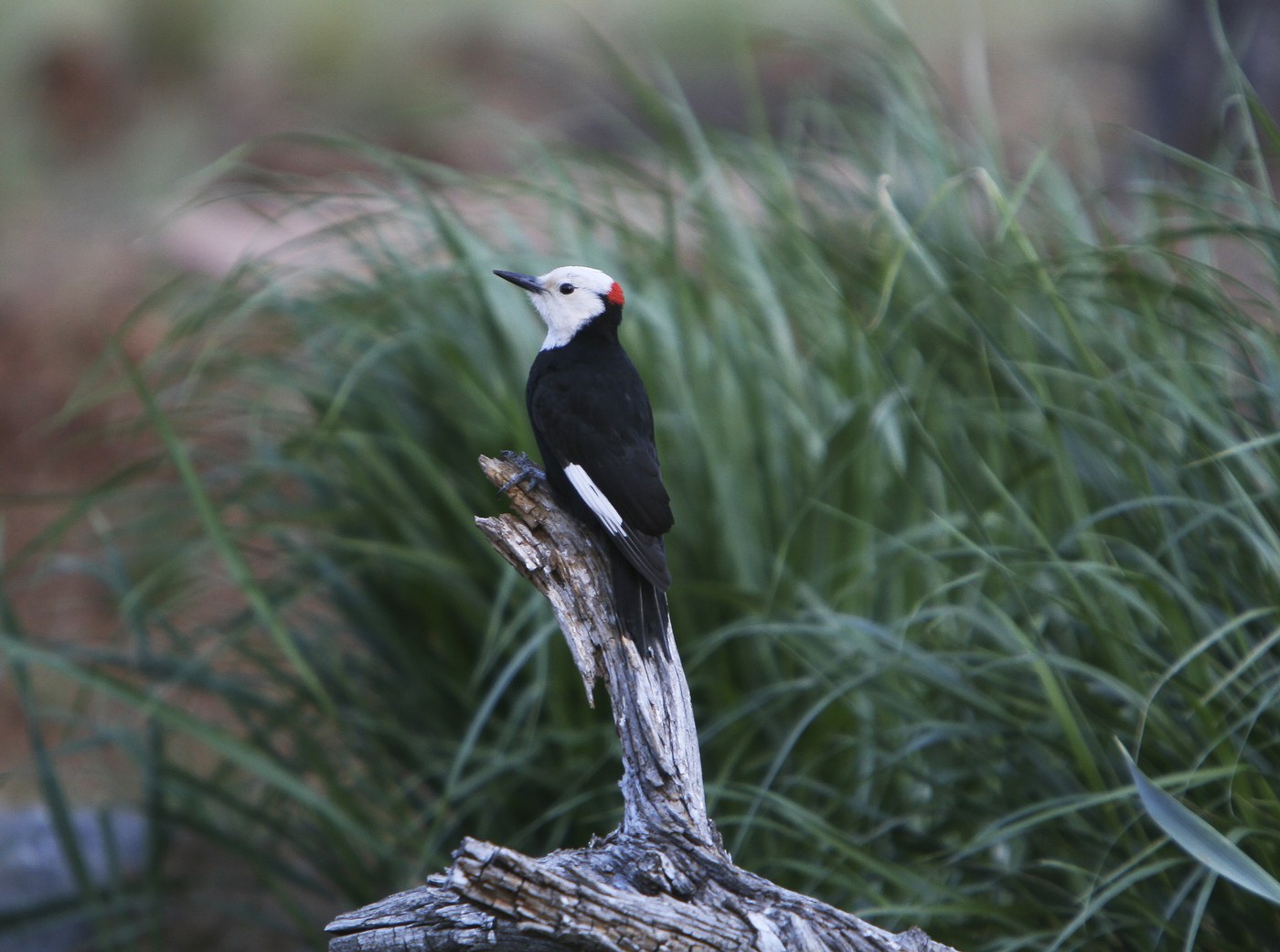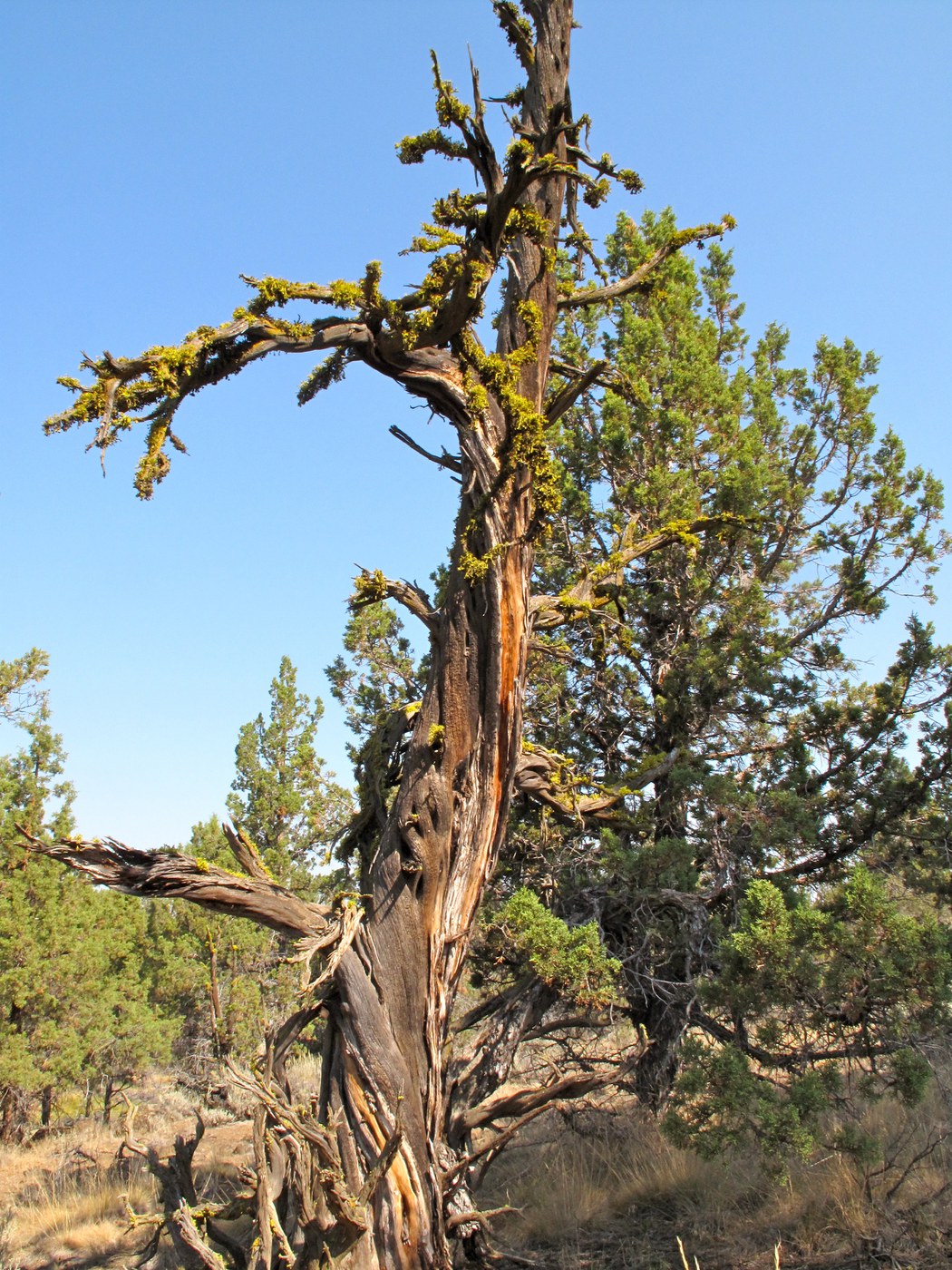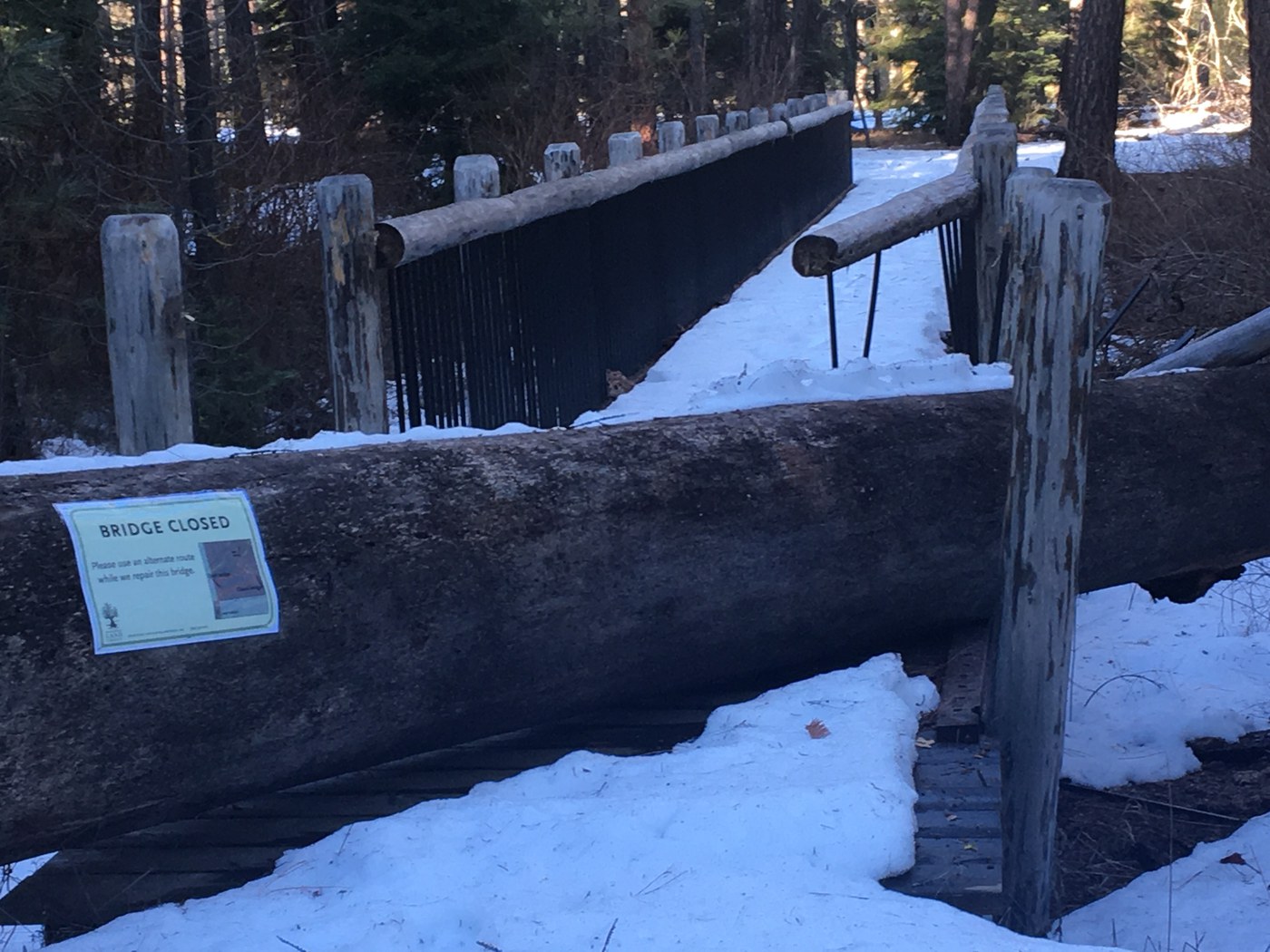It only takes a quick jaunt through the forest to notice how the wind has whipped through Central Oregon leaving behind a trail of toppled trees and broken branches. This seemingly devastating event is actually quite vital for the health of our forests.
Dead or dying trees are often referred to as snags. Tree snags may look a little gnarly, as their tops and branches break off over time, but they provide our forests with so many benefits. Dying trees slowly break down, but they have many years to contribute to a forest before they return to nutrients in our soil.

Trees in Streams
Even other trees benefit from snags. Dead logs can provide a seedbed for trees and other plant seedlings, giving all their nutrients to the new generation of forest growth. For similar reasons, trees are extremely important for restoring streams. As snags fall (or are pushed by wonderful stewardship staff) into our streams they become large woody debris. Trees in our streams help to slow the flow of water and provide shade to cool the water. While fish like salmon and steelhead enjoy the cooler and slower water, they also benefit from large woody debris by finding deep pools and hiding places. The first steelhead to return to Whychus Creek, Stella, was found hiding under a log jam made of large woody debris!
As you make your way through Central Oregon’s forests and around our waterways do keep an eye out for newly created snags or soon-to-be snags. Some trees and branches may still be in the process of breaking off, and you want to make sure you aren’t underneath! Be especially careful on windy days when these newly weakened trees might start to break free. You can also be on the lookout for those new snags and marvel at all the critters they benefit.
UPDATE:
The Metolius Preserve has many fallen trees after this winter’s windstorm. Several have fall on or near our bridges and trails and the Preserve is still inaccessible due to snow. Once we can get into the Preserve, we will work to make our trails safely accessible. Keep in mind, as winds continue to blow, trees will continue to fall. Thank you for your patience as we mindfully remove these hazards.

Learn More:


